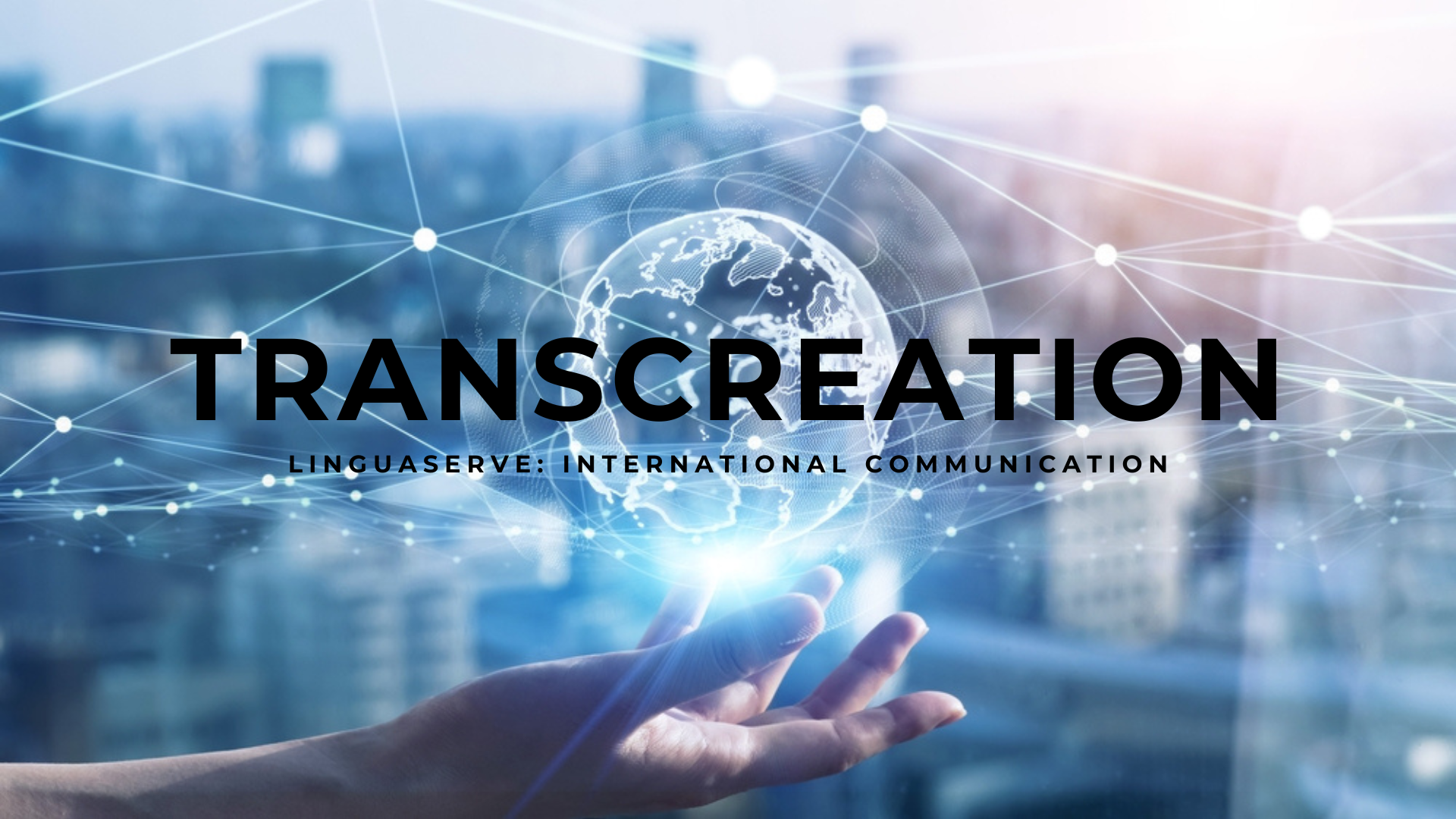Content management tools have a substantial impact on organizing the influx of digital publications and content updates. If you have also internationalized your business, translating all content into the languages of your target audience becomes essential. This intricate task can be automated through the integration of a multilingual content management system.
What are content management tools?
Content management tools are computer applications that serve as a centralized hub for various essential functions: generating, organizing, editing, storing, and publishing web content across diverse formats (including blogs, corporate websites, e-commerce or e-learning platforms, and more).
What are content management tools used for?
The diverse digital content managed on a website often demands ongoing updates, such as an e-commerce catalog or training texts, while new additions, like blog articles, are also common.
Even on websites that experience infrequent changes, there are often sections that need regular updating, such as a news section related to the company’s industry.
Thanks to these tools, making changes to content becomes much simpler, eliminating the need for various manual tasks. This results in optimized workflows and time and cost savings.
How does the integration of multilingual content management tools improve translation?
Translating and maintaining your company's content represents a huge workload. If done manually, it would necessitate the involvement of multiple translators for each target language, and these translators would need to work quickly, without errors.
By automating the translation process through the integration of a translation services connector, work efficiency is multiplied, resulting in the availability of translated content in a much shorter timeframe.
Here are all the reasons to consider choosing multilingual content management software:
- Enables real-time content exchange without requiring human intervention.
- Facilitates content search and retrieval.
- Mitigates data loss.
- Handles repetitive and mundane tasks, freeing up translators to focus on the creative aspects of their work.
- Ensures data protection by consistently operating within a secure environment, preventing potential leaks that manual handling could entail.
- Reduces the likelihood of human error.
- The synergy of machine translation with human post-editing, as needed, contributes to cost reduction.
- Enhances effective and dynamic management and control of the company's global communication.
Content management tools enable you to harness all of these benefits, thereby enhancing the translation process, a key factor in the internationalization of your company or project. By consolidating content creation and translation within a unified environment, you gain benefits in terms of quality, efficiency, and speed.








